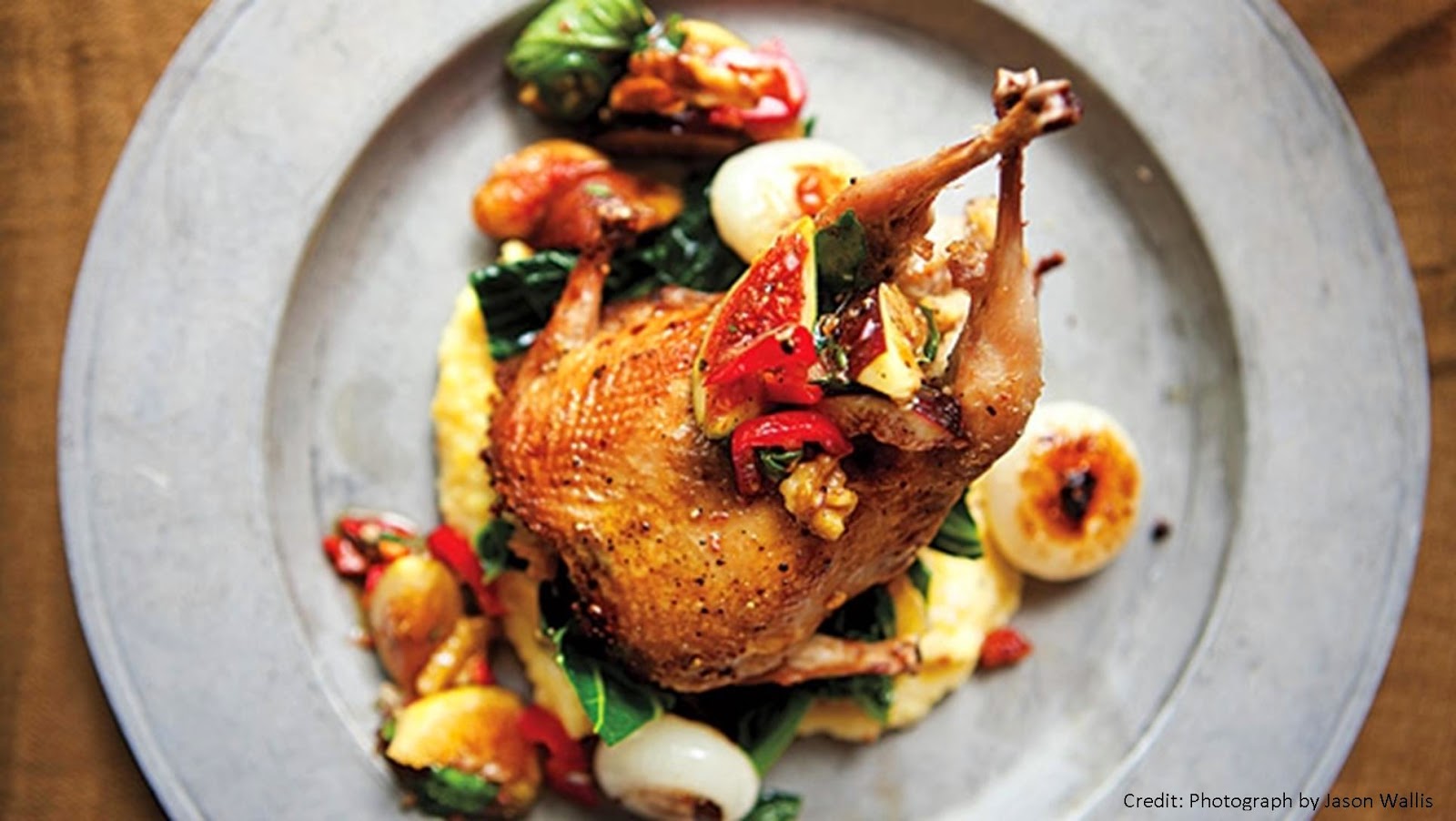However, I couldn’t help but notice an item in the news this week regarding a lady who threw a mango at President Maduro of Venuzuela. Mr Maduro, who was driving a bus at the time, was struck on the head by the flying fruit which bore the message: “If you can, call me,” followed by a phone number.
It turned out that both the mango and the telephone number belonged to Marleny Olivo, who wanted to tell the President that she had nowhere to live. After a video-clip of the incident was shared thousands of times on social media, Ms Olivo was petrified about what might happen next. She needn’t have worried because all ended well – President Maduro arranged for her to get a house from the Grand Venezuelan Housing Mission, before eating the mango for his tea.
My first question is this: Why was the President driving a bus? It seemed strange at first. Although, on reflection, no stranger than David Cameron feeding a lamb. They were both valuable photo opportunities to demonstrate that our current leaders are ordinary people, just like you and me.
Which brings me to the second question: Would you telephone someone who’d just thrown a piece of fruit at you with their number on it? I think I can be pretty sure that if I ever responded to a message, from a strange woman, saying “If you can, call me…” I would not be popular at home. I certainly wouldn’t draw attention to such behaviour using the national media.
Finally, if you wanted to attract the attention of someone important, what would you throw at them and what would you write on it?
Eggs are too fragile (the message might be lost), tomatoes aren’t very good for writing on and if you were to chuck a pumpkin at someone’s head, I suspect you might be done for GBH. Besides, pumpkins are out of season.
Personally, I think you’d be better off inviting them to the races. The invitation could go through the post – like an ordinary letter – and you could pretty much guarantee that the recipient would be delighted to receive it. Race-day hospitality offers the perfect atmosphere to build relationships and to complete contracts. As the winners (and losers) roll in, there’s always something to talk about – no awkward pauses in the conversation. Broach the subject of your choice at the right time – and bingo! Seal the deal.
As it happens, we still have space left in the Conservatory Restaurant at Cartmel for all eight of our racedays this Summer – and we’re accepting bookings now. It’s a great Venue (which also just happens to be the name of this week’s selection at Hexham, 7.00pm Saturday). And if you don’t want to drive home, you might also like to know that we arrange a bus service to the local train station at Cark, for just £4 return.
I wonder if David Cameron would come and drive the bus?


.jpg)